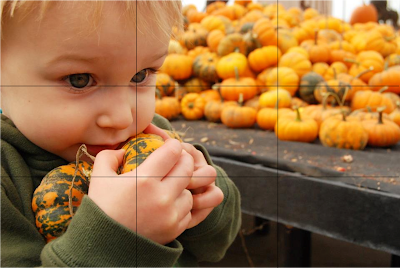Organizing Shoes & Toddler Matching Game
by Kristin Savko
I recently decided to tackle the shoe disaster that was happening on my closet floor. At our old place, the space I had necessitated that the shoes be low and flat on the floor. In this closet, the available space is more vertical. SO I bought some clear shoe boxes and was thrilled....EXCEPT finding the right shoes was a disaster. Even though the boxes were clear, it was so hard to see what was in them. I got out my camera and took photos of all the shoes and got them printed when Snapfish was running a 99 prints for 99 cents deal. Really, it was a lot less effort than it sounds!
Here's where the toddler part comes in. I placed all the photos out on the ground. One at a time I would open a shoe box and have Ethan find the corresponding photo. Once he did, he was responsible for placing the photo in the box, putting on the lid, and stacking the box in the closet. He LOVED it. Seriously, it was great.
I bet it would be fun to do a scavenger hunt using the same method. Take photos of simple items and match the photo to the corresponding item. Maybe the next time prints go on sale....?












